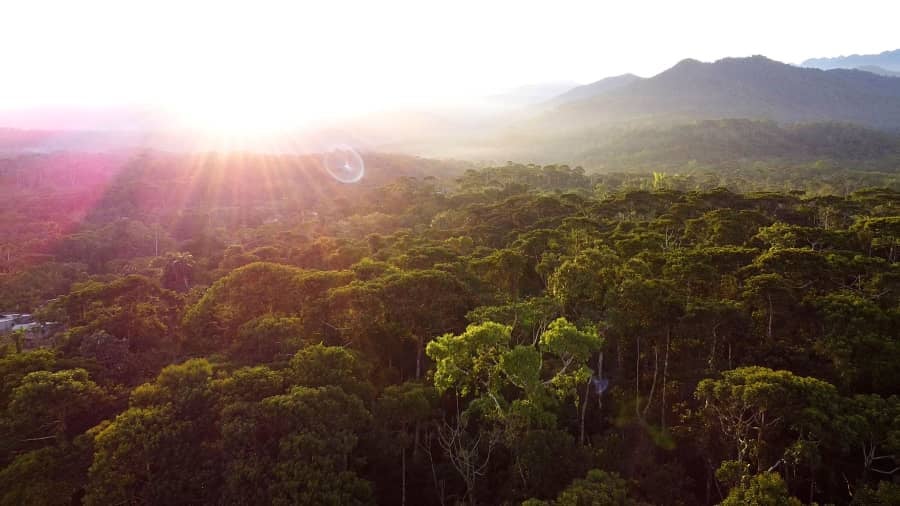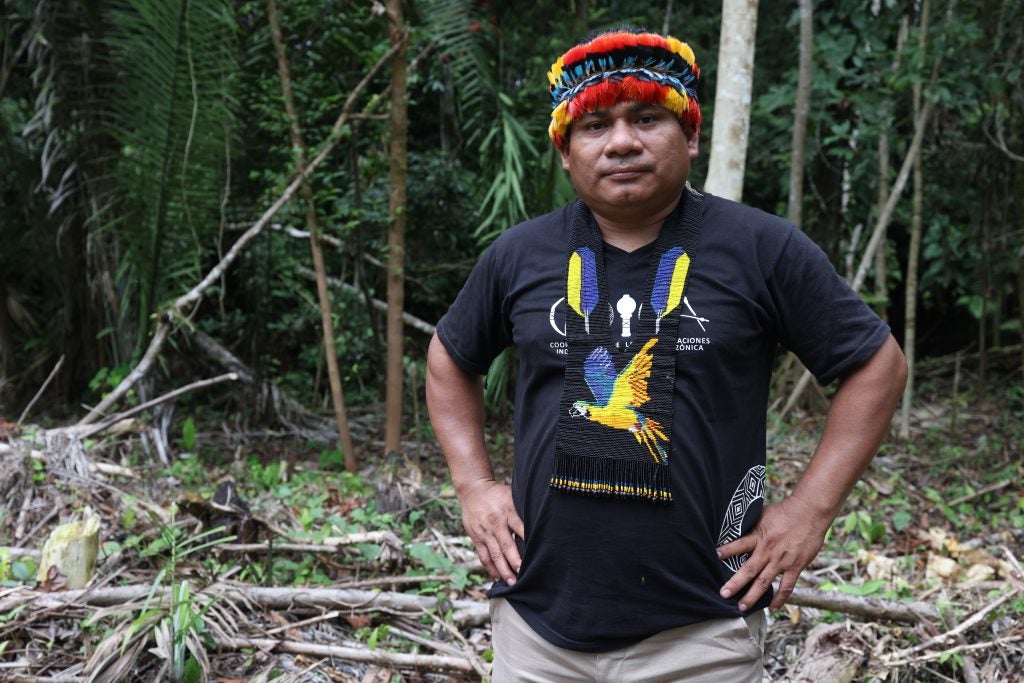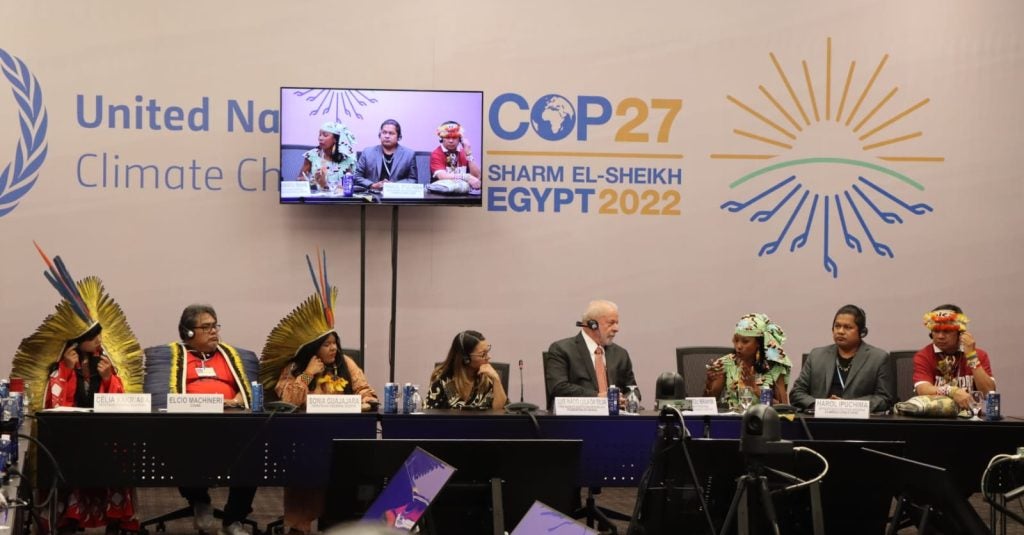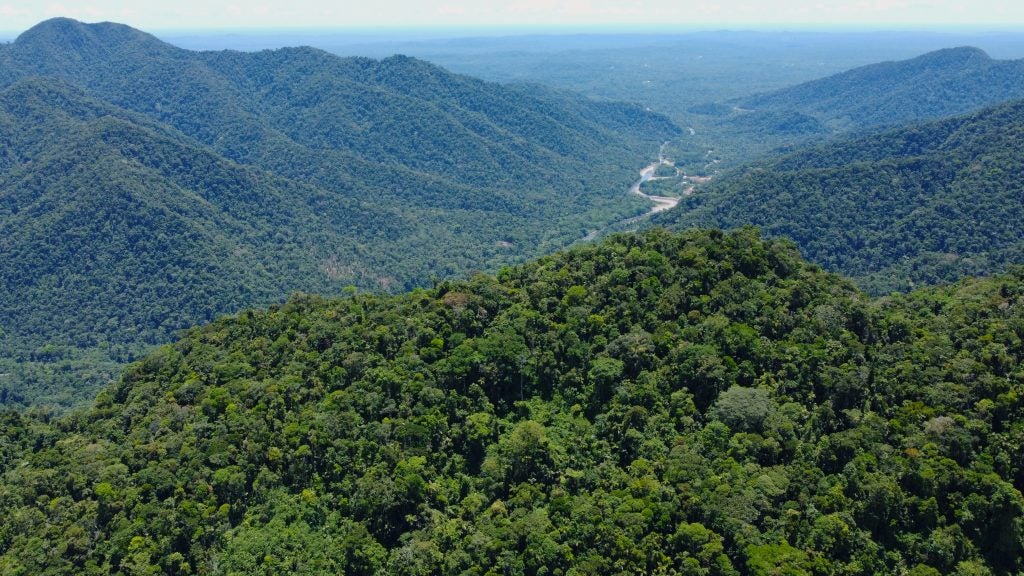
Ecuadorian Amazon. Photo by Leslie Von Pless/EDF
High-quality tropical forest carbon credits are essential to combatting climate change, advancing community-led development and safeguarding biodiversity.
This post was written by Mark Moroge, Vice President, Natural Climate Solutions and Breanna Lujan, Senior Manager, Natural Climate Solutions. This is an exerpt of a post published in EDF+Business. Read the full post here.
If you’re a company, navigating the tropical forest carbon credit marketplace can be daunting, particularly in a complex media landscape.
How should you do it?
First, don’t miss the forest for the trees. We must halt and reverse tropical deforestation by 2030 to prevent the worst impacts of climate change. We need to use all the tools in our toolbox.
Private sector finance is key to tackling deforestation at the pace and scale the world needs. As a company, you should decarbonize your own operations as quickly as possible. Alongside this, purchase high-quality tropical forest carbon credits. Such credits are an essential means to stabilize our climate and safeguard biodiversity. Revenues can also improve the lives and livelihoods of some of the world’s most vulnerable forest peoples, including Indigenous Peoples and local communities, who’ve long struggled for just recognition of their conservation efforts.
Second, do your due diligence – both of your tropical forest carbon credit purchases, and of the information you consume about the tropical forest carbon marketplace. Both matter, and both support the evolution of forest carbon markets towards ever increasing integrity and quality. Read the full post here.
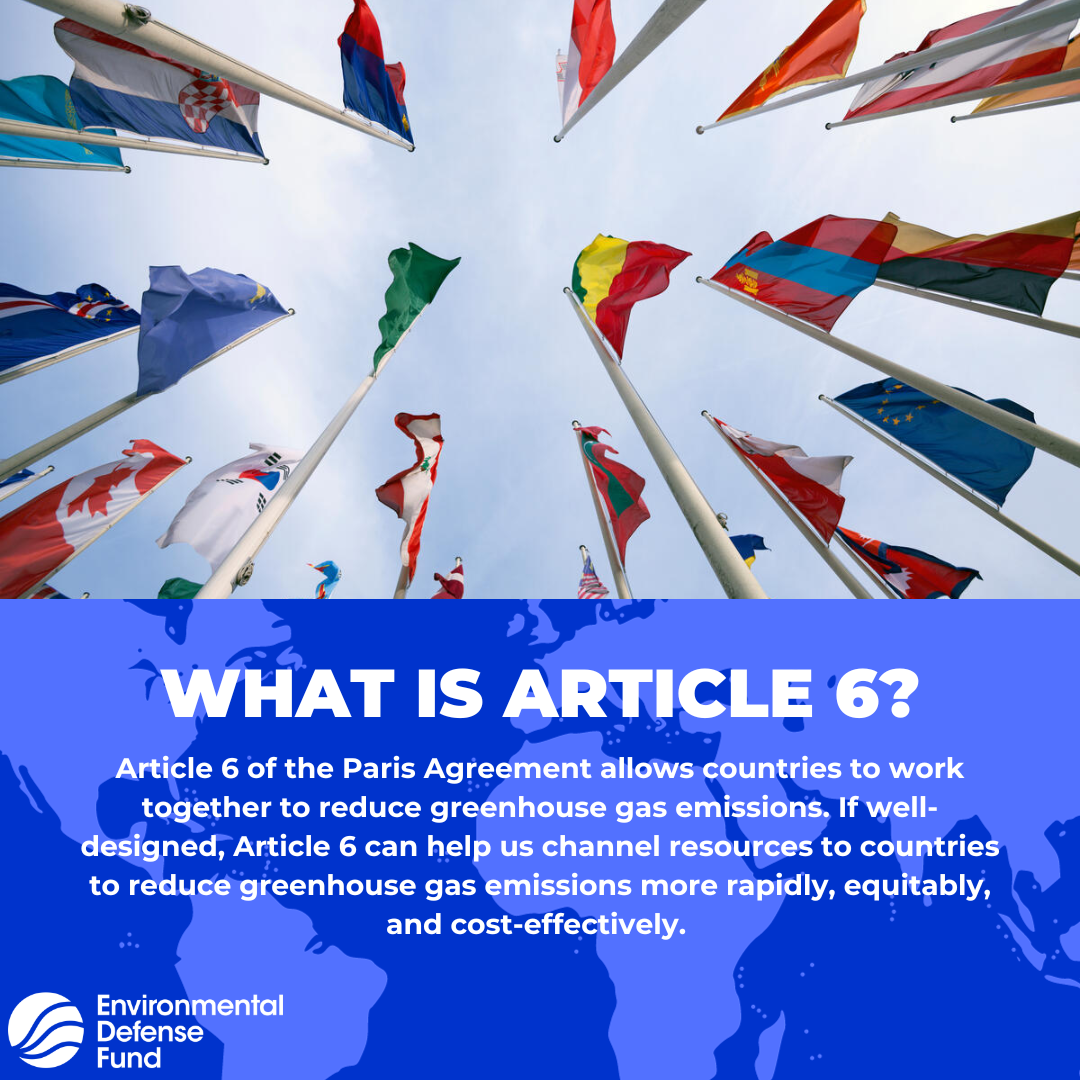 This blog was authored by Pedro Martins Barata, AVP for Carbon Markets and Private Sector Decarbonization at the Environmental Defense Fund.
This blog was authored by Pedro Martins Barata, AVP for Carbon Markets and Private Sector Decarbonization at the Environmental Defense Fund.









